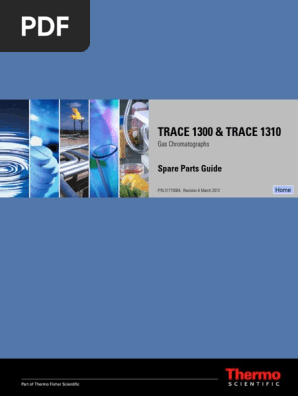0% found this document useful (0 votes)
34 views18 pagesIntro + Air Pollution
Environmental pollution is defined as harmful changes in air, water, and land caused by pollutants, which can be natural or manmade. Pollutants are classified into various categories, including gases, metals, and agricultural chemicals, and can be either biodegradable or non-degradable. Air pollution, a significant concern, arises from sources like fossil fuel combustion and industrial emissions, leading to detrimental effects on human health, plants, aquatic life, and materials.
Uploaded by
sahilkumar826788Copyright
© © All Rights Reserved
We take content rights seriously. If you suspect this is your content, claim it here.
Available Formats
Download as PDF, TXT or read online on Scribd
0% found this document useful (0 votes)
34 views18 pagesIntro + Air Pollution
Environmental pollution is defined as harmful changes in air, water, and land caused by pollutants, which can be natural or manmade. Pollutants are classified into various categories, including gases, metals, and agricultural chemicals, and can be either biodegradable or non-degradable. Air pollution, a significant concern, arises from sources like fossil fuel combustion and industrial emissions, leading to detrimental effects on human health, plants, aquatic life, and materials.
Uploaded by
sahilkumar826788Copyright
© © All Rights Reserved
We take content rights seriously. If you suspect this is your content, claim it here.
Available Formats
Download as PDF, TXT or read online on Scribd
/ 18





























































































